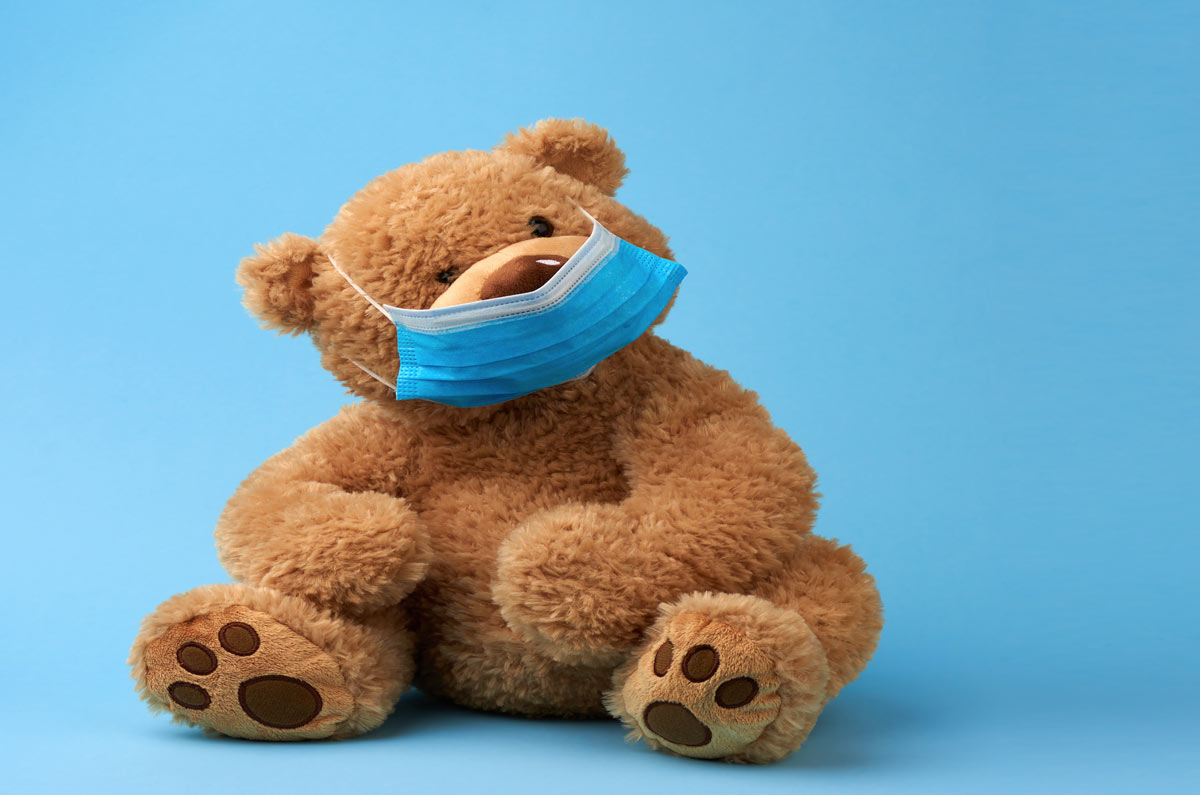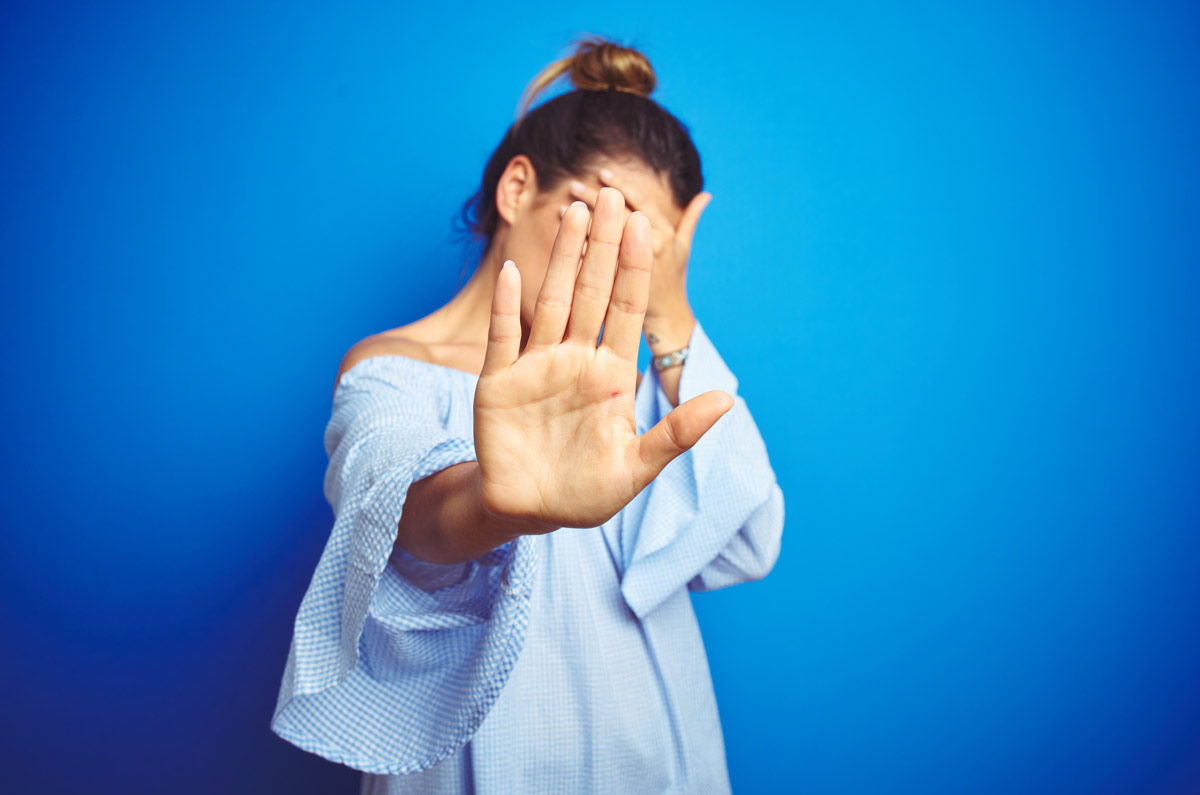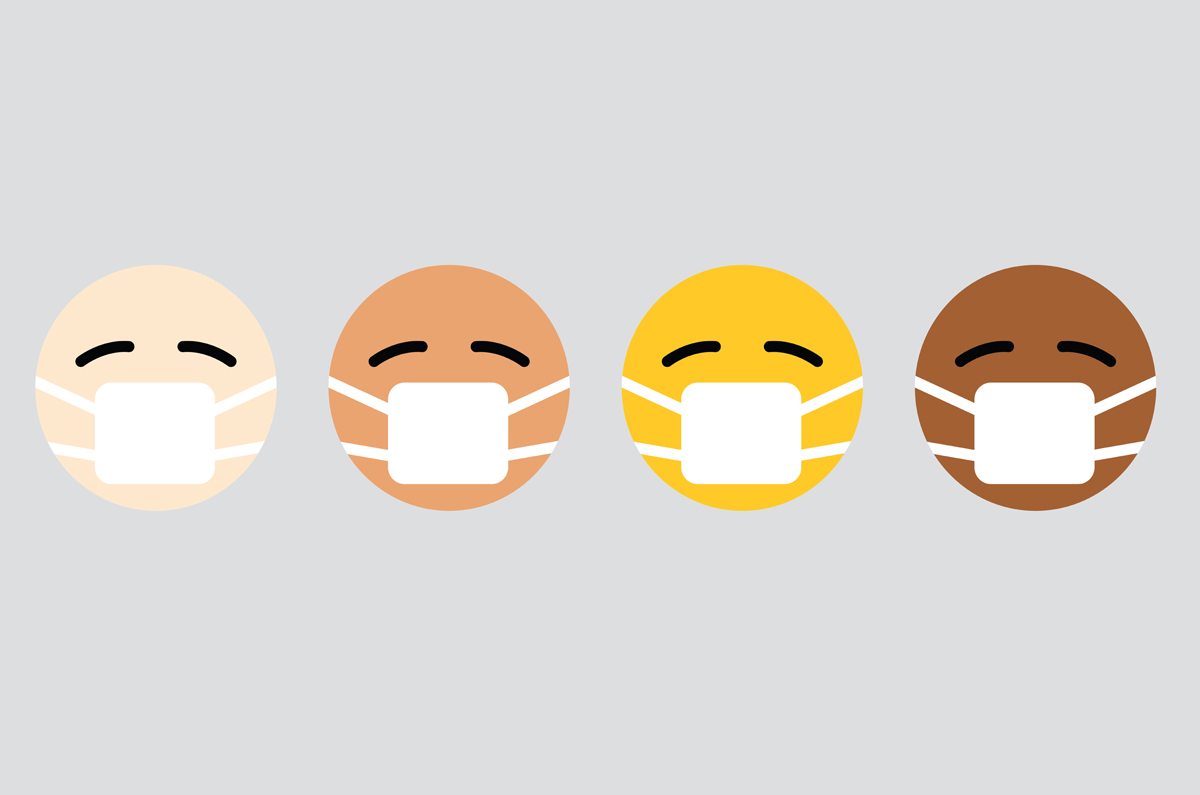This article was written a week before Melbourne and Mitchell Shire in Victoria resumed Stage 3 restrictions from 11.59pm 8 July 2020.
We’ve updated it as information has changed for different parts of Australia. Latest update 30 July 2020
Another week, another edit.
“The advice from the Victorian Department of Health and Human Services has been updated. People living in metropolitan Melbourne and Mitchell Shire and will now be required to wear a face covering when leaving home for one of the four reasons, following a concerning increase in coronavirus cases in recent days. To give people time to purchase or make a face covering, this new rule won’t be enforced until after 11.59pm on Wednesday 22 July – but for those who can, please start wearing yours immediately. The fine for not wearing a face covering will be $200.”(1)
- All people in regional Victoria will be required to wear a face covering from 11.59 Sunday 2 August 2020.
- NSW now recommends people wear a mask when physical distancing can’t be guaranteed.(8)
Just as restrictions began easing across Australia, Victoria started recording outbreaks of COVID cases. For more than two weeks the number of Victorians infected has been in the double-digits. And on Wednesday many suburbs in Victoria were locked down to stop the spread of the virus.
So if you’re immunosuppressed and feeling really vulnerable no one can blame you. This is a scary time, and having a condition or taking medication that makes you more at risk of getting ill from any contagion or infection, adds another level to this.
Although, we’re being advised to stay at home as much as possible, sometimes we just have to go outside the house. Some of us can’t work from home, or we have an appointment that can’t be done online or via video chat, or we have to use public transport.
So how do we protect ourselves when we have to go out?
Three months ago we wrote a blog about face masks. We thought it was timely to revisit this blog in light of the latest evidence, and advice from the Federal and Victorian Governments.
The advice from the Federal Government
This information is general advice about the use of face masks in Australia. It’s important to note that the advice from your local state or territory health department supersedes any general advice about face masks and coverings.
“In Australia the routine use of face masks in the community is currently not recommended, while the rate of community transmission of COVID-19 is low.” (2)
“However, some members of the public may choose to wear a mask in situations where it is not feasible to maintain physical distancing e.g. on public transport and/or if they are at increased risk of severe illness if infected (e.g. because of their age or a chronic medical condition). This may provide some additional protection in these circumstances.” (3)
This advice takes into account the fact that restrictions are easing, and people are going out more. And with the opening up of our communities, the risk of coming into contact with people who have the virus, whether they appear to have it or not, is increased.
The advice also reinforces the message that masks aren’t a substitute for all the other things we’ve been doing: staying at home as much as possible, physical distancing, washing/disinfecting our hands regularly, not touching our face, coughing/sneezing into our elbow and staying home when we’re sick.
The advice from the Victorian Government
Parts of Victoria are currently experiencing significant outbreaks of COVID-19. For that reason the recommendations about face masks have changed.
The Victorian Premier Daniel Andrews and Chief Health Officer Brett Sutton have advised that it will be mandatory from 11.59pm on Wednesday 22 July 2020 that people living in metropolitan Melbourne and Mitchell Shire must wear a face covering when leaving home for one of the four reasons, following a concerning increase in coronavirus cases in recent days.
People in regional Victoria will be required to wear a face covering from 11.59 Sunday 2 August 2020. That means that it will mandatory for ALL Victorians to wear a face covering when they go outside of their homes from next Monday.
What type of face covering?
If you haven’t been able to get a surgical or cloth mask, Premier Andrews has said: “It need not be a hospital-grade mask. It need not be one of the handmade masks … it can be a scarf, it can be a homemade mask.” He admits “nothing is perfect” and a “face covering is just as good”. (4)
What else do you need to know?
- Wearing a face covering protects you and your community by providing an additional physical barrier to COVID-19.
- Keeping 1.5 metres between yourself and others and washing your hands are still the best defences against COVID-19.
- There will be some reasons not to wear a face covering. For example, those who have a medical reason, kids under 12 years of age, those who have a professional reason or if it’s just not practical, like when running. However you’ll still be expected to carry your face covering at all times to wear when you can.
- The fine for not wearing a face covering will be $200.
- Face coverings in regional Victoria continue to be recommended in situations where maintaining 1.5 metres distance is not possible – however regional Victorians will have to wear a mask when visiting metropolitan Melbourne or Mitchell Shire for one of the permitted reasons. (4)
- Read the full Department of Health and Human Services update.
The advice from the New South Wales Government
The NSW Government now recommends wearing a mask if it’s difficult to stay 1.5 metres away from other people. For example, on public transport, when caring for vulnerable people or when indoors.
Find out more on the NSW Government website.
The evidence for using face masks
Up until recently the evidence for the use of face masks to protect against COVID-19 has been conflicting. But over the last several months the evolving evidence has come down firmly on the side of wearing masks.
Many people cite an article published in The Lancet in June 2020 as the turning point in the debate for wearing masks in public. It provided robust evidence for the benefits of face masks. It reported on a systematic review and meta-analysis that investigated a range of measures used to prevent person-to-person virus transmission. It looked at physical distancing, eye protection and the use of face masks.
Researchers analysed hundreds of studies involving SARS-CoV2 (the virus that causes COVID-19), as well as SARS (severe acute respiratory syndrome) and MERS (Middle East respiratory syndrome), across 16 countries in healthcare and non-healthcare settings, including more than 25,000 people.
They conclude that “wearing face masks protects people (both healthcare workers and the general public) against infection by these coronaviruses”. (5)
However the authors also state that “none of these interventions offers complete protection and other basic protective measures (such as hand hygiene) are essential to reduce transmission.” (6)
While there were several limitations with this study, it does provide good evidence for the use of masks by the general public.
So if you choose (or are required) to wear a mask there are some things to keep in mind:
- Follow the latest guidelines from your state/territory health department. There’s no ‘one size fits all’ when it comes to face masks or coverings in Australia.
- Don’t let wearing a mask give you a false sense of security. Masks will provide some level of protection – depending on what they’re made of, how porous the fabric is, how well you use them – but they’re not a magical, virus-repelling shield (though how cool would that be?)
- Use masks correctly:
- Wash or sanitise your hands thoroughly before you put a mask on and when you take it off.
- Only touch the mask by the straps.
- Make sure it covers your nose and mouth and fits snugly under your chin, over the bridge of your nose and against the sides of your face.
- Don’t touch the front of the mask when you wear it. That means no pulling it down to talk to someone, to eat or drink or to smoke a cigarette.
- And don’t touch the front of the mask when you remove it. If you do accidentally touch it, wash or sanitise your hands immediately.
Basically imagine the front of your mask is covered in something messy or gross – like paint or a virus (!) – that you don’t want to get all over yourself and the things you touch (e.g. your phone, your kids).
- If it’s a disposable, single use mask, only use it once and then dispose of it properly.
- If it’s a cloth mask, wash it thoroughly in warm, soapy water and allow it to dry properly before you use it again.
- Don’t wear a mask if you have breathing difficulties or when you’re exercising strenuously.
- Don’t put a mask on a baby or small child.
- Replace the mask if it gets damp or wet, or if you sneeze inside it.
The World Health Organization (WHO) has some great videos to help you learn how to use a mask correctly.
And finally, remember to keep doing all the other important things: stay home when you can, wash your hands regularly and thoroughly, use hand sanitiser when you don’t have access to soap and water, physically distance yourself from others, cough and sneeze into your elbow and stay at home and get tested if you feel even the slightest bit unwell.
Stay safe and be kind.
Contact our free national Help Line
If you have questions about things like COVID-19, your musculoskeletal condition, treatment options, telehealth, managing your pain or accessing services be sure to call our nurses. They’re available weekdays between 9am-5pm on 1800 263 265; email (helpline@msk.org.au) or via Messenger.
More to Explore
- Face coverings mandatory for Melbourne and Mitchell Shire
Department of Health and Human Services, 19 July 2020
- Face masks will be mandatory in Melbourne and Mitchell Shire to combat coronavirus. What about regional Victoria? Do children need to wear them?
ABC News, 19 July 2020
- Face masks
Department of Health and Human Services, 13 July 2020
- Stay at home: Metropolitan Melbourne and Mitchell Shire
Department of Health and Human Services, 19 July 2020
- Which face mask should I wear?
The Conversation, 10 July 2020
- Masks an option for COVID-19 hotspots
Australian Medical Association, 8 July 2020
- Victorians, and anyone else at risk, should now be wearing face masks. Here’s how to make one
The Conversation, 7 July 2020
- Should I wear a face mask? What is the latest advice for the Victorian coronavirus lockdown?
ABC News, 8 July 2020
- Use of masks by the public in the community
Australian Government Department of Health, updated 11 June 2020
- Physical distancing, face masks, and eye protection to prevent person-to-person transmission of SARS-CoV-2 and COVID-19: a systematic review and meta-analysis
The Lancet, 1 June 2020
- Why it could be dangerous to exercise with a face mask on
The Conversation, 15 June, 2020
- Coronavirus disease (COVID-19) advice for the public: When and how to use masks
WHO, updated 19 June 2020
References
(1, 5) Face coverings mandatory for Melbourne and Mitchell Shire
Victorian Department of Health and Human Services, 19 July 2020
(2-3) Use of masks by the public in the community
Australian Government Department of Health, updated 11 June 2020
(4) Face masks will be mandatory in Melbourne and Mitchell Shire to combat coronavirus. What about regional Victoria? Do children need to wear them?
ABC News, 19 July 2020
(6-7) Physical distancing, face masks, and eye protection to prevent person-to-person transmission of SARS-CoV-2 and COVID-19: a systematic review and meta-analysis
The Lancet, 1 June 2020
(8) Face masks
NSW Government, 28 July 2020
Photo by visuals on Unsplash











